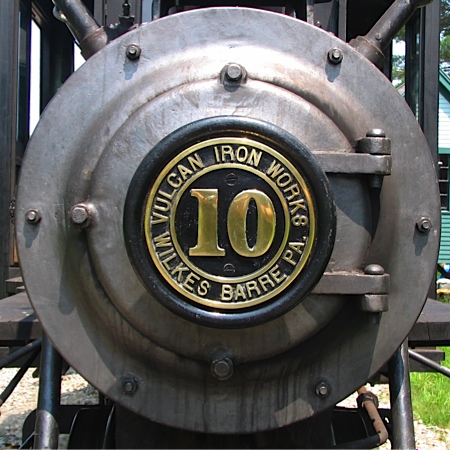
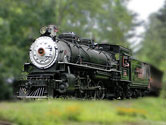






Wiscasset, Waterville & Farmington Railway Museum

 In an age when railroads meant prosperity, thrifty New Englanders decided any railroad was better than none. The result was a group of railroads virtually unique to Maine. To reduce costs, the tracks were built with rails so close together a pair of size 12 shoes set "heel-to-toe" could span the distance. At their zenith, these lines operated over 200 miles of track, ran dozens of locomotives, carried thousands of passengers, and hauled countless tons of freight. The last line closed in 1943. Most of the lines became the victims of competition with trucks. These railroads, built to the gauge of just two feet, were cheaper to build than the "standard gauge" railroads of four foot, eight and one-half inches. This means that the "Two-Footers" are less than half the size of their standard gauge counterparts, and that all the earthworks and components used to build the railroad could be smaller and less expensive. However small these diminutive railroads were, they worked just as hard if not harder than their larger bretheren, right up until the end.
In an age when railroads meant prosperity, thrifty New Englanders decided any railroad was better than none. The result was a group of railroads virtually unique to Maine. To reduce costs, the tracks were built with rails so close together a pair of size 12 shoes set "heel-to-toe" could span the distance. At their zenith, these lines operated over 200 miles of track, ran dozens of locomotives, carried thousands of passengers, and hauled countless tons of freight. The last line closed in 1943. Most of the lines became the victims of competition with trucks. These railroads, built to the gauge of just two feet, were cheaper to build than the "standard gauge" railroads of four foot, eight and one-half inches. This means that the "Two-Footers" are less than half the size of their standard gauge counterparts, and that all the earthworks and components used to build the railroad could be smaller and less expensive. However small these diminutive railroads were, they worked just as hard if not harder than their larger bretheren, right up until the end.
James C. Patten / W. W. & F. Railway Museum
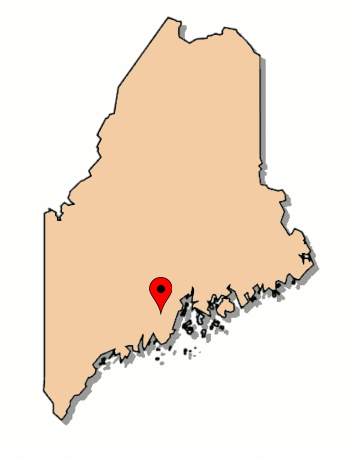
 Formed in 1989, the Wiscasset, Waterville & Farmington Railway Museum is a non-profit organization established to acquire, preserve, and restore the operation of narrow gauge railroads and equipment which operated in the Sheepscot Valley in coastal Maine.
The museum includes a station, shop complex, and several miles of restored narrow gauge mainline. WW&F #9 - an original Maine two-foot steamer - has undergone extensive restoration and is now in service, and the museum also utilizes a restored Louisiana plantation locomotive to power its tourist trains.
Formed in 1989, the Wiscasset, Waterville & Farmington Railway Museum is a non-profit organization established to acquire, preserve, and restore the operation of narrow gauge railroads and equipment which operated in the Sheepscot Valley in coastal Maine.
The museum includes a station, shop complex, and several miles of restored narrow gauge mainline. WW&F #9 - an original Maine two-foot steamer - has undergone extensive restoration and is now in service, and the museum also utilizes a restored Louisiana plantation locomotive to power its tourist trains.
Maine's Wiscasset, Waterville, and Farmington (WW&F) Railway was a two-foot "narrow" gauge common carrier railroad that operated from 1894 until 1933. The line ran from Wiscasset in the south, to Albion and Winslow in the north, never making it to either Waterville or Farmington. The Great Depression brought about the railroad's scrapping in 1937.
HawkinsRails thanks railfan friend Tom Ledford for use of his WW&F museum images below



museum map / collection

WWFR map / collection
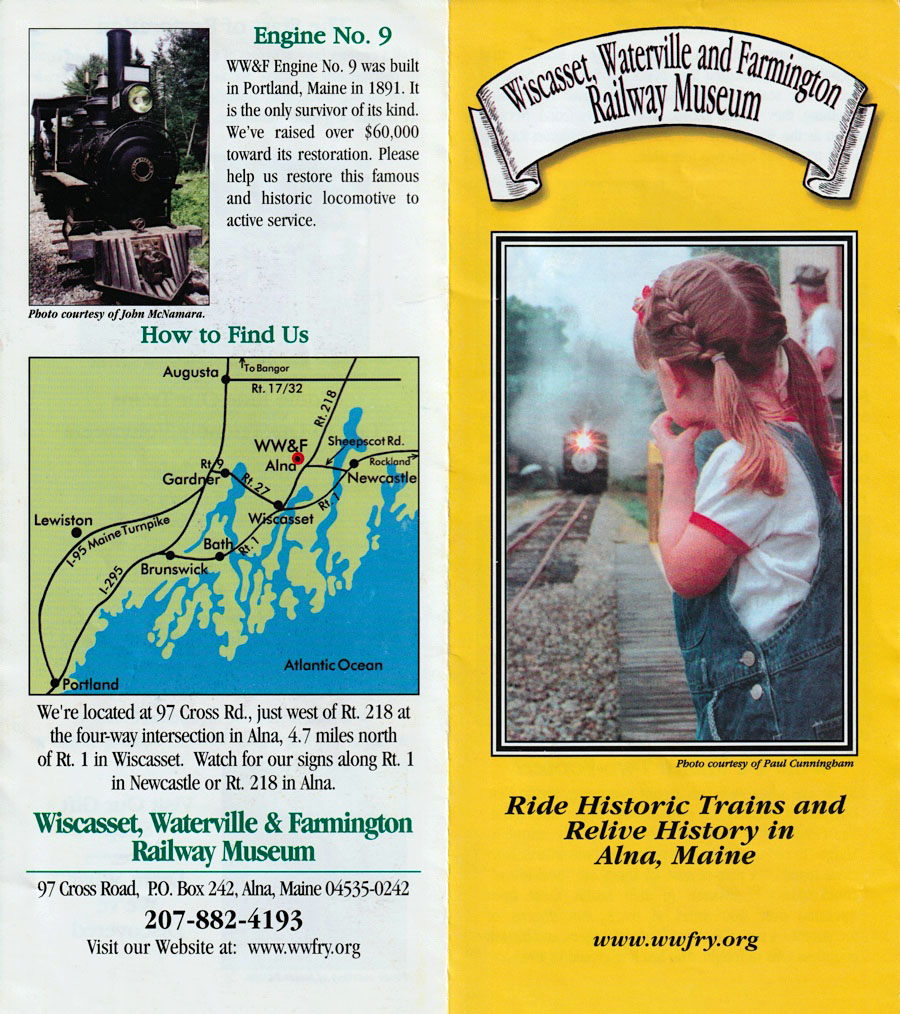
brochure / collection
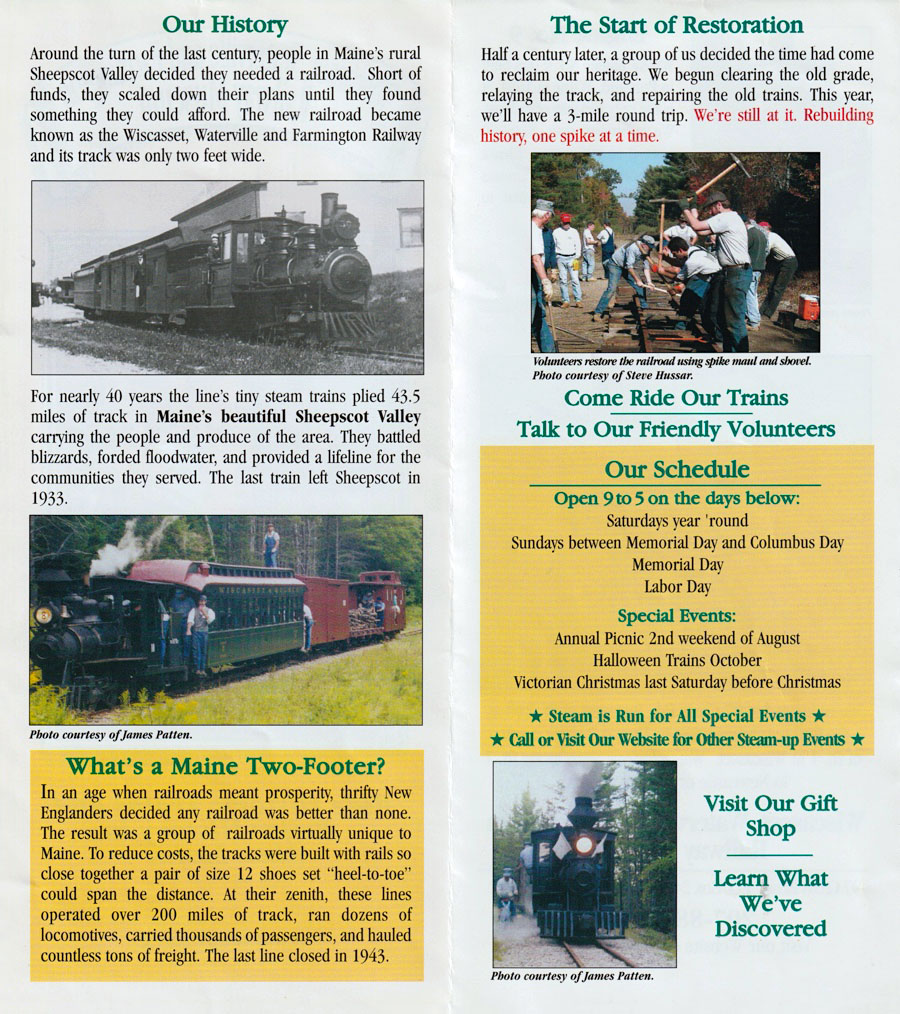
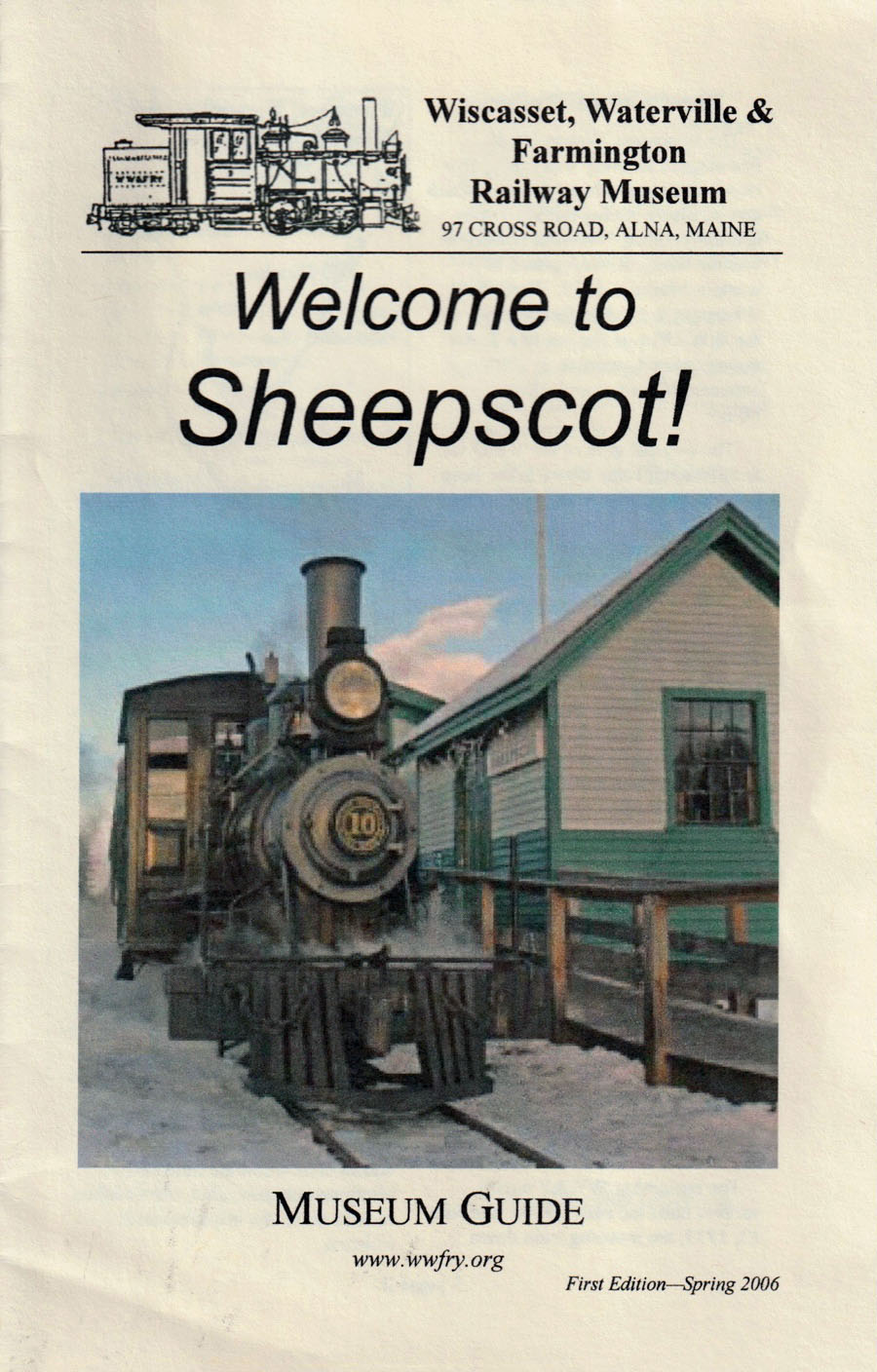
2006 guide / collection
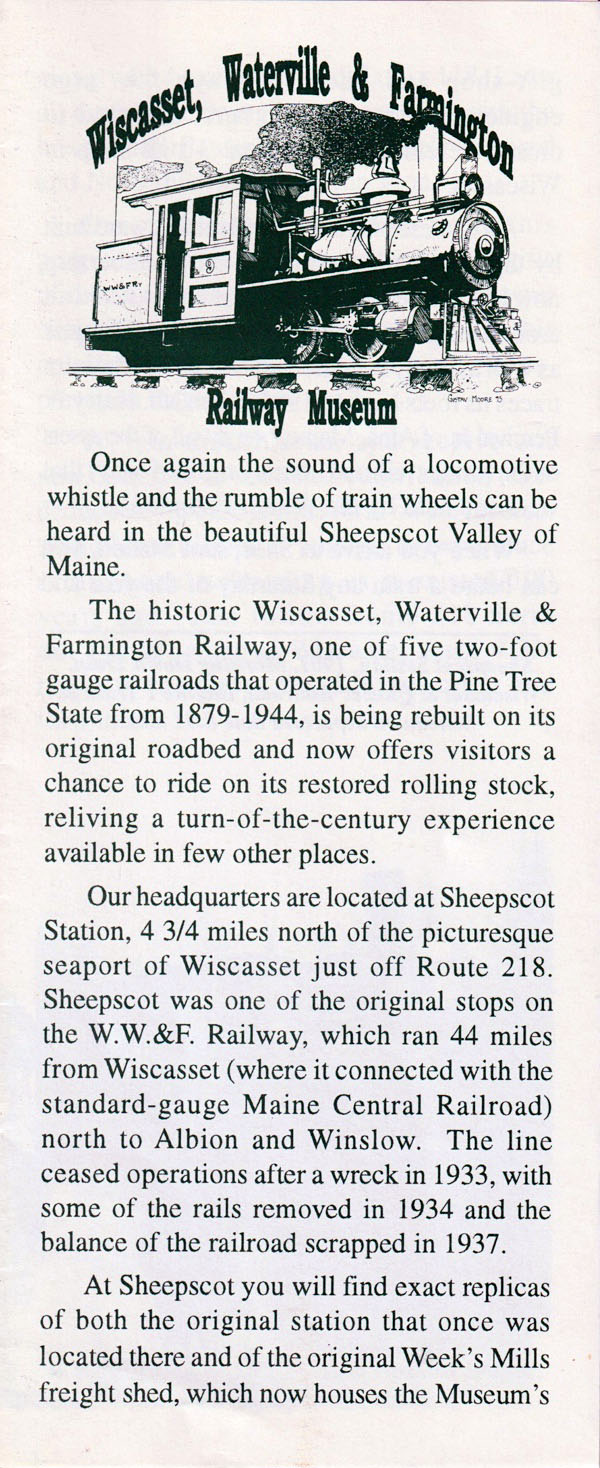
collection
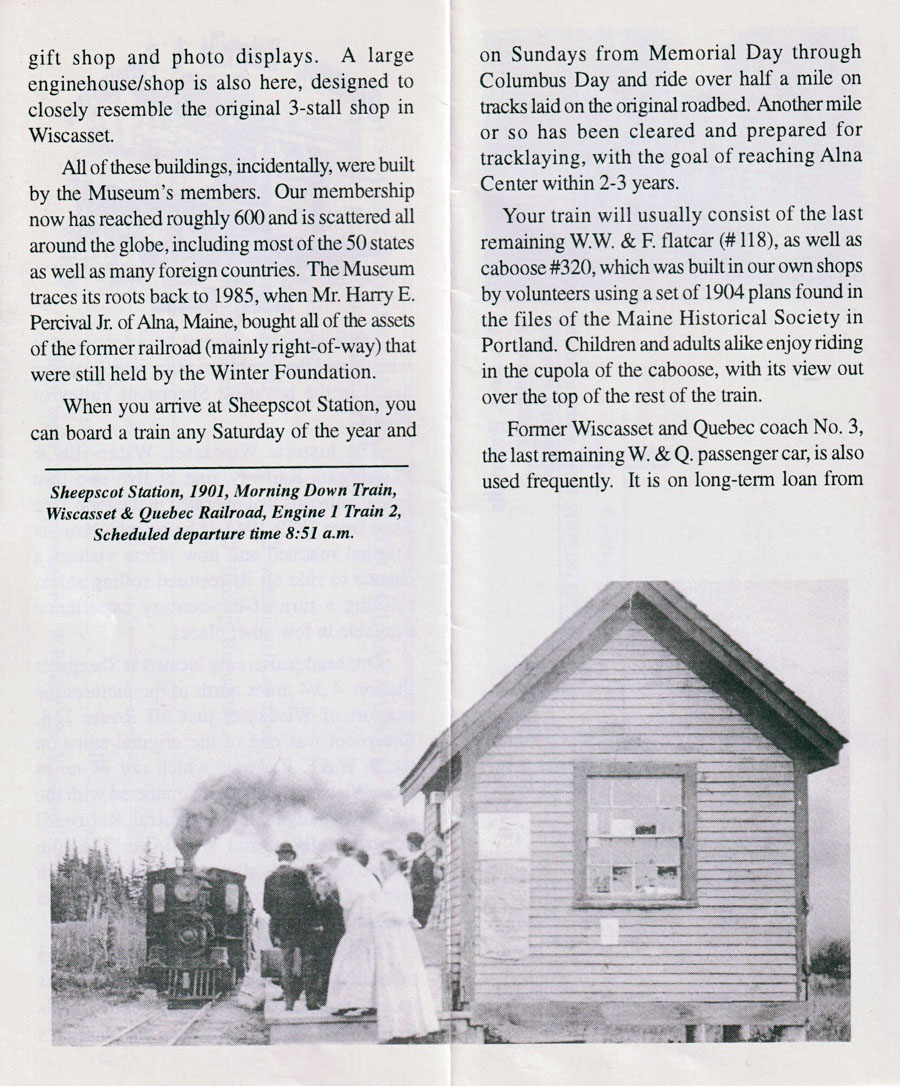
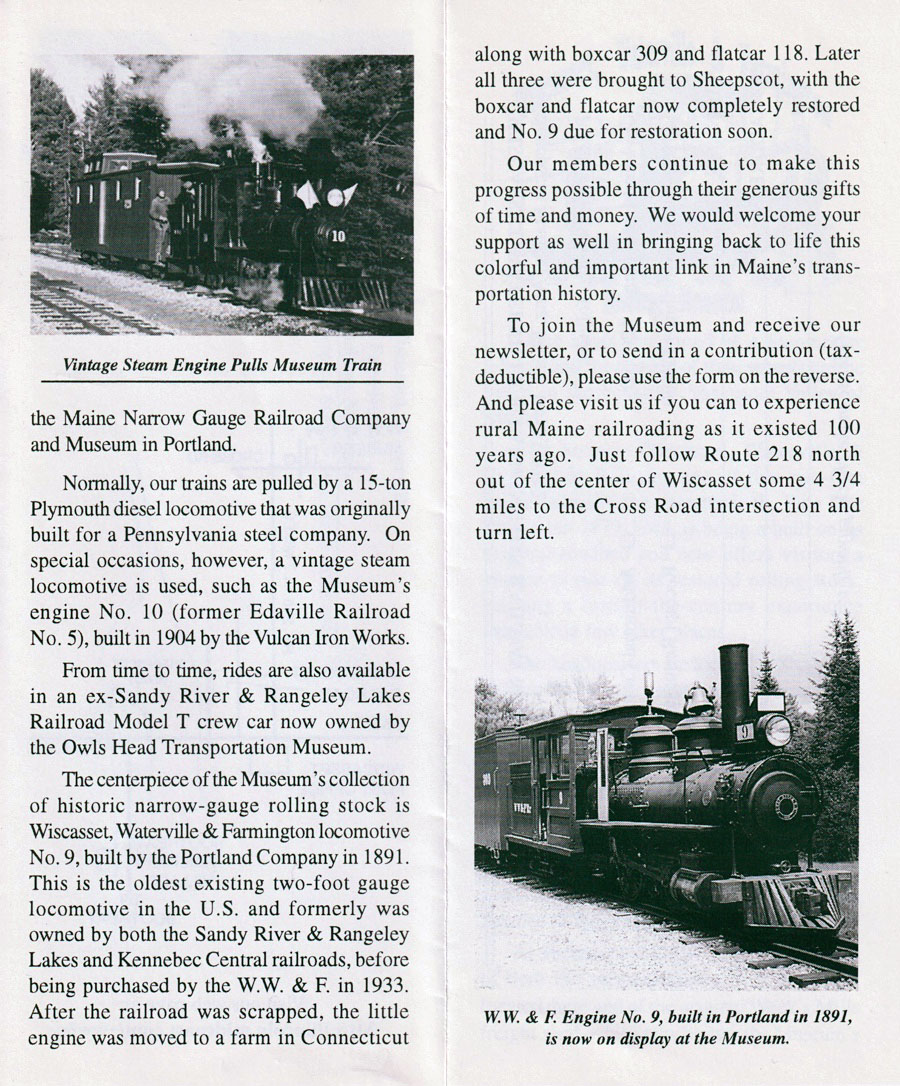
Motive Power
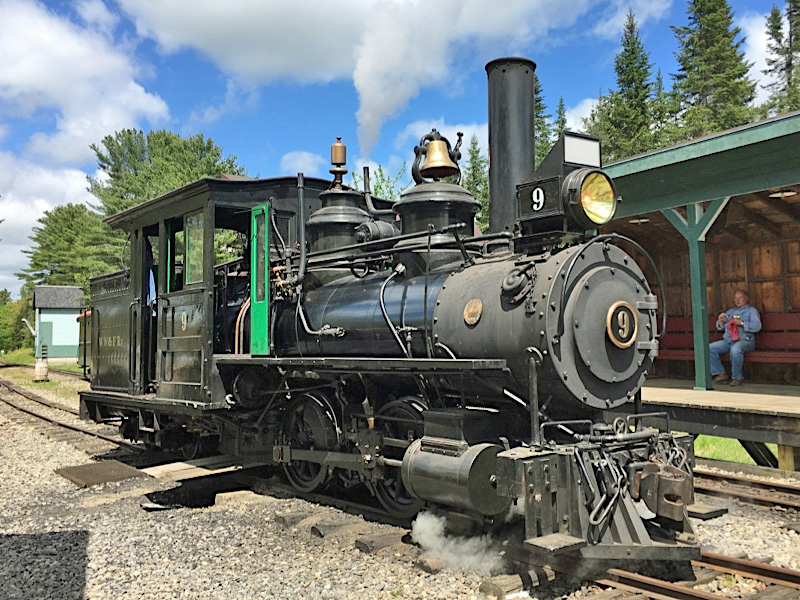
Wiscasset, Waterville, & Farmington #9
Alna, Me / May 2017 / Ricky Imparato


Wiscasset, Waterville, & Farmington #9
to Sandy River & Rangeley Lakes #6
to Kennebec Central #4, 1924
to Wiscasset, Waterville, & Farmington #9
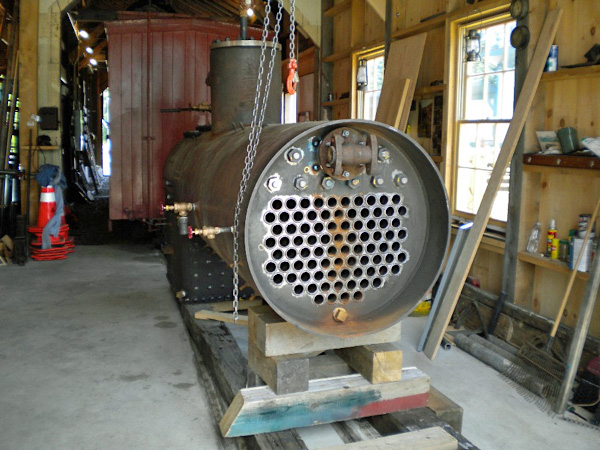
#9 boiler rebuild / Jul 2009 / Tom Ledford
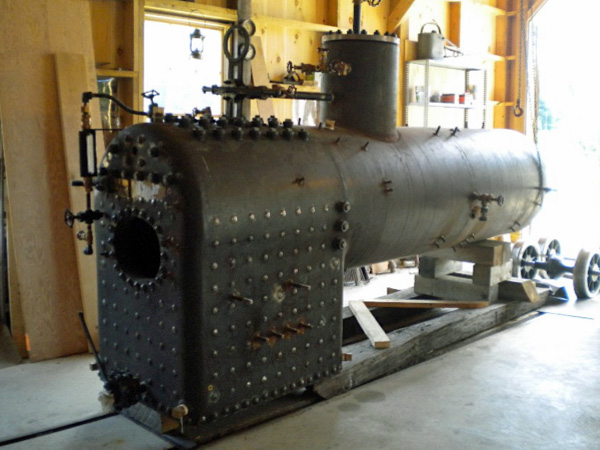
Jul 2009 / Tom Ledford

Alna, Me / Jul 2017 / Tom Ledford
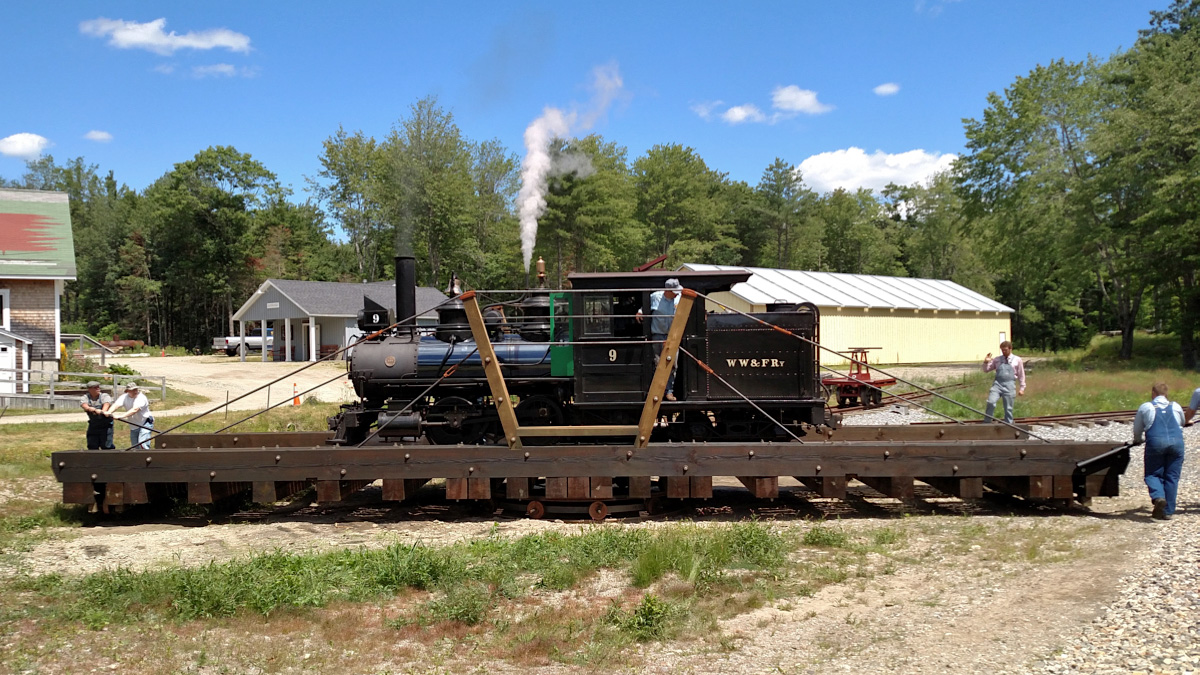
Alna, Me / Jul 2017 / Tom Ledford

Wiscasset, Waterville, & Farmington #10
Alna Center, Me / Jul 2006 / RWH


Wiscasset, Waterville, & Farmington #10
to Edaville Railroad, 1958
to Maine Narrow Gauge Rwy Mus, 1991
to WW&F Rwy Museum, 1999
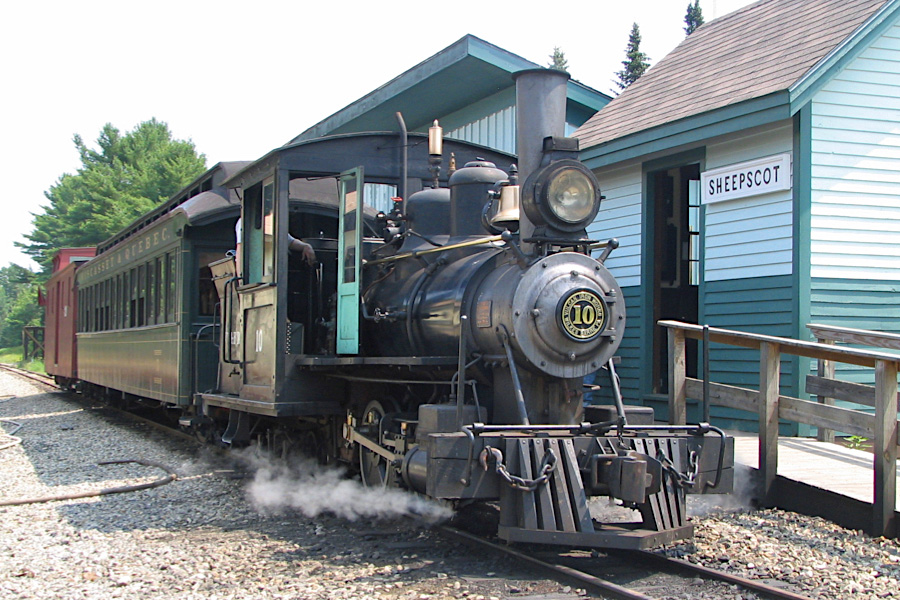
Alna, Me / Jul 2006 / RWH
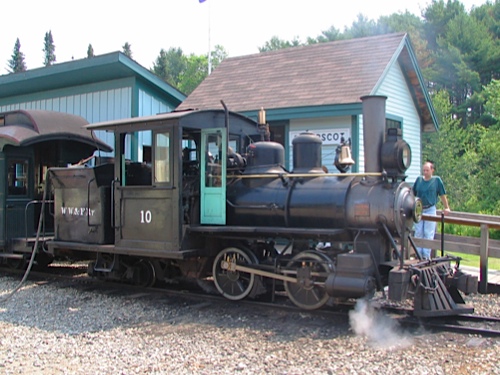
Alna, Me / Jul 2006 / RWH
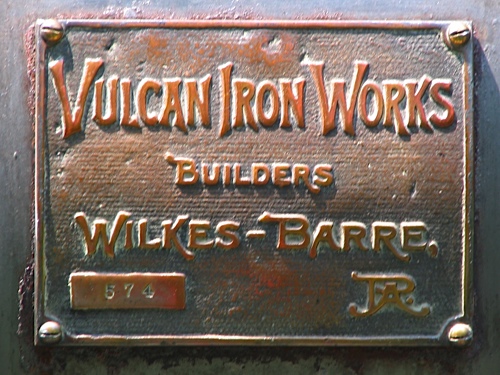
Jul 2006 / RWH
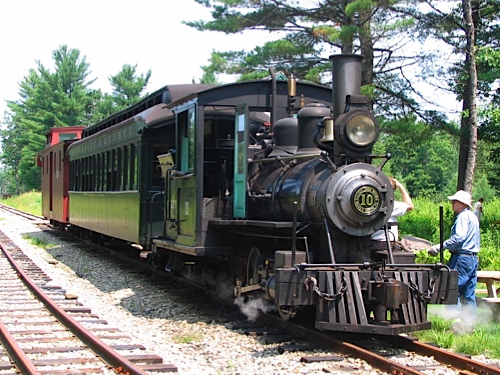
Alna Center, Me / Jul 2006 / RWH
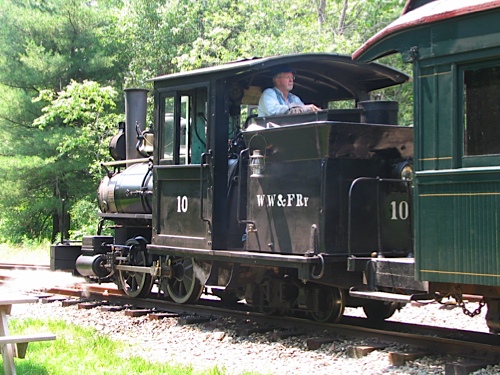
Alna Center, Me / Jul 2006 / RWH
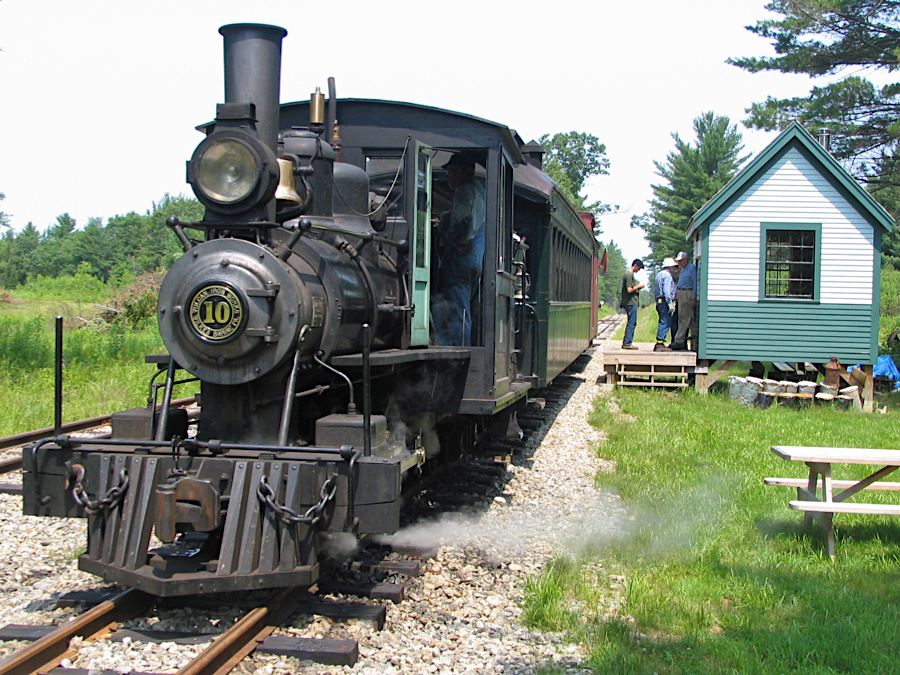
Alna Center, Me / Jul 2006 / RWH

Alna, Me / Jul 2006 / RWH
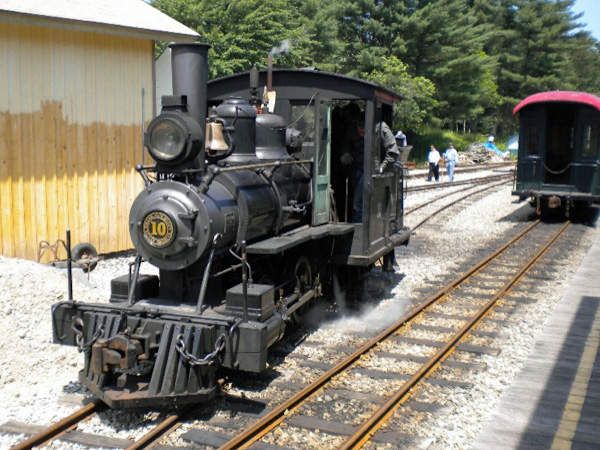
Alna, Me / Jul 2009 / Tom Ledford
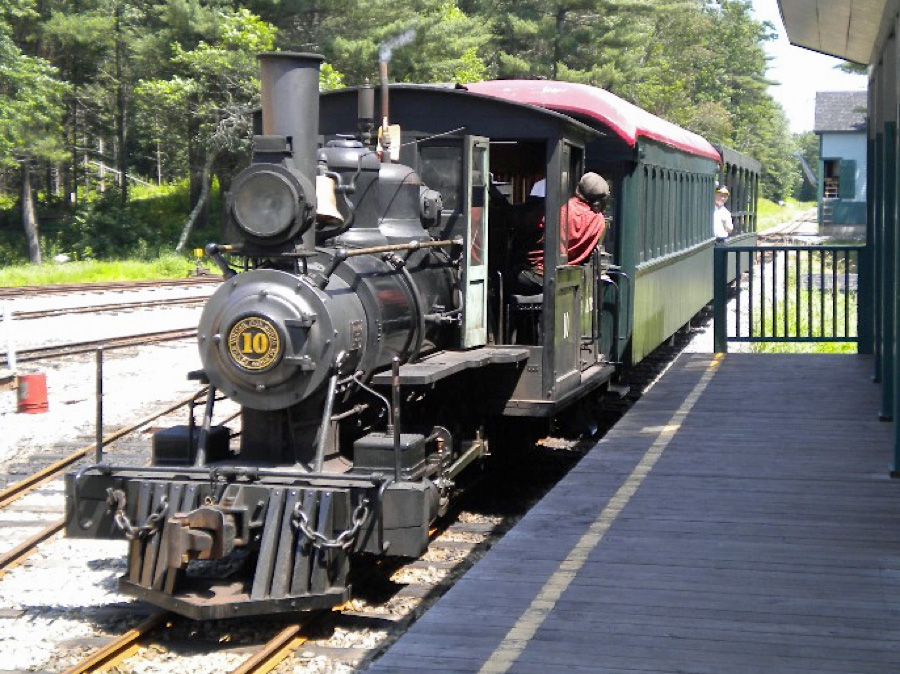
Alna, Me / Jul 2009 / Tom Ledford
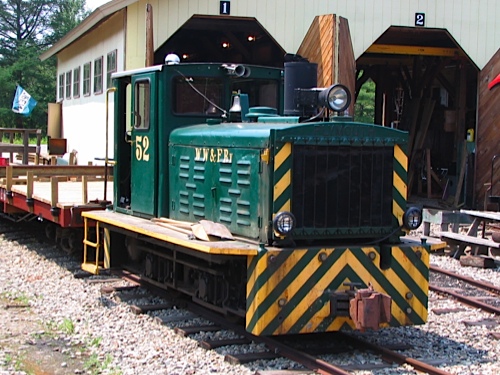
Wiscasset, Waterville, & Farmington #52
Plymouth A-A switcher (1961) / Alna, Me / Jul 2006 / RWH
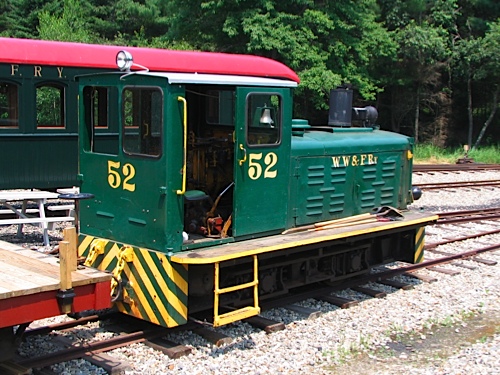
Alna, Me / Jul 2006 / RWH
Rolling Stock
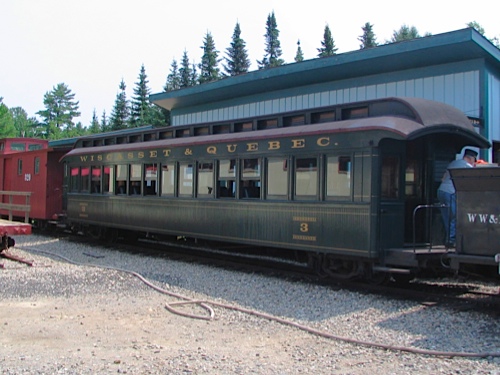
Wiscasset & Quebec #3
Wooden coach (1894) / Alna, Me / Jul 2006 / RWH
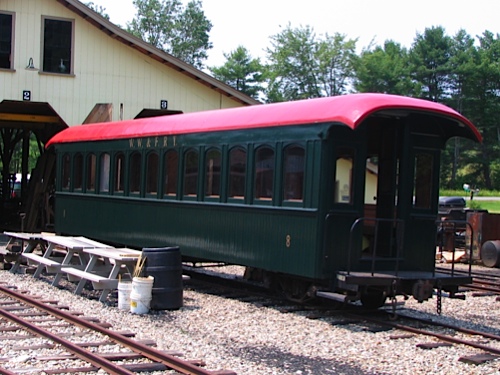
Wiscasset, Waterville, & Farmington #8
Wooden coach (1985) / Alna, Me / Jul 2006 / RWH
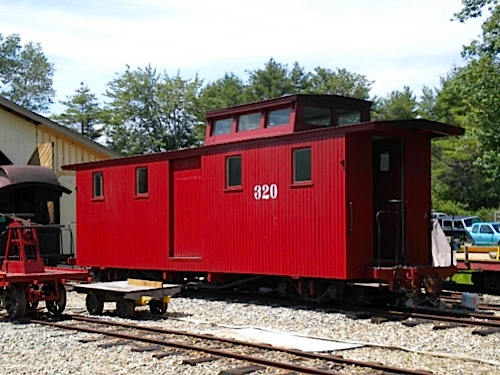
Wiscasset, Waterville, & Farmington #320
wooden caboose / Alna, Me / Jul 2009 / Tom Ledford
Locations
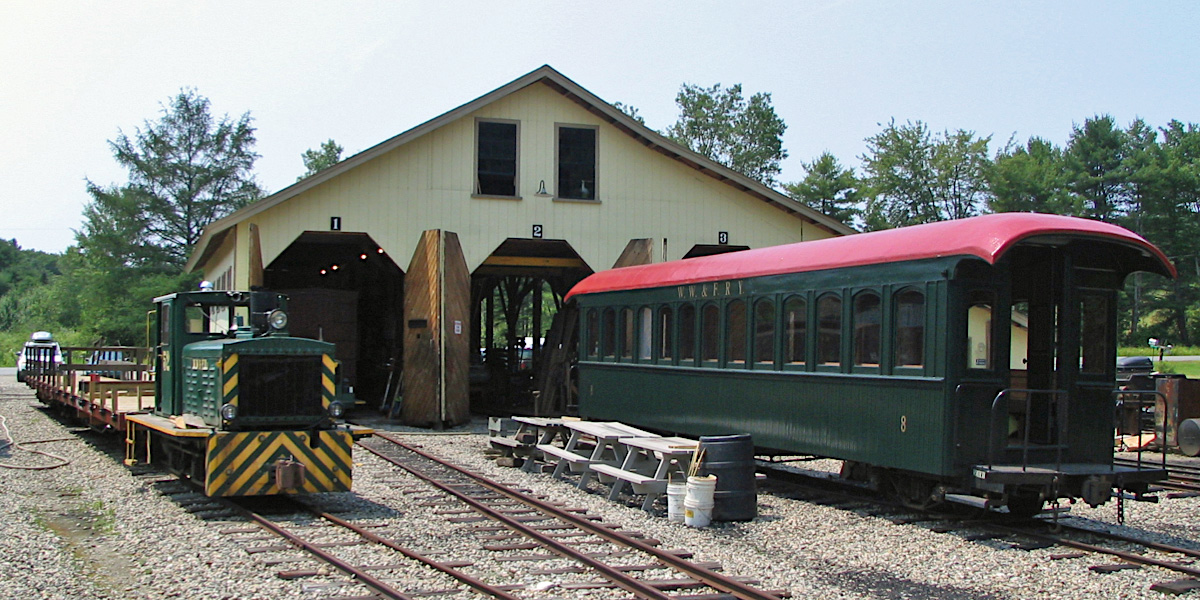
Wiscasset, Waterville, & Farmington shop
Alna, Me / Jul 2006 / RWH
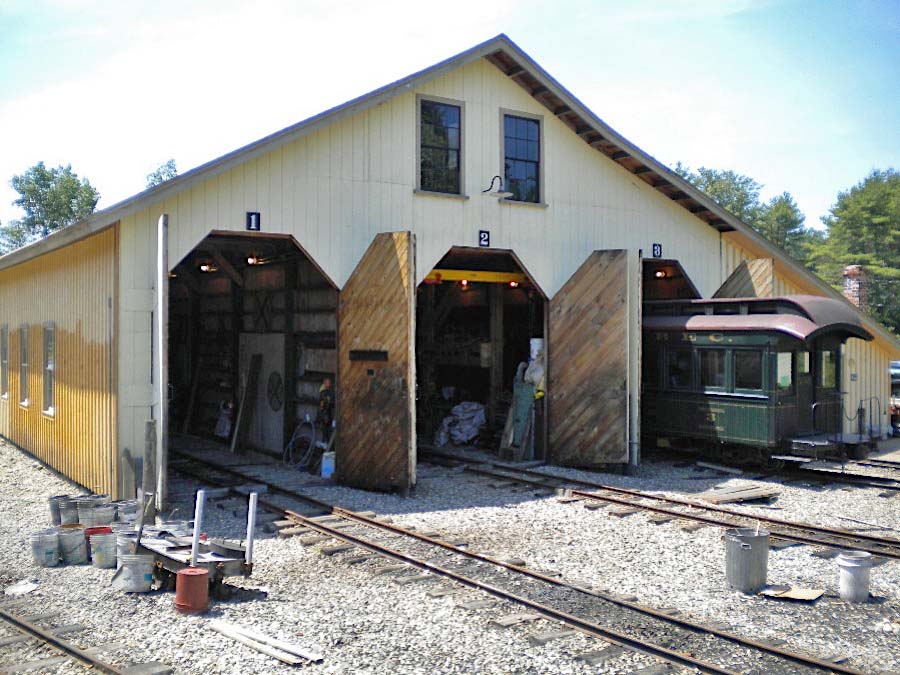
Alna, Me / Jul 2009 / Tom Ledford
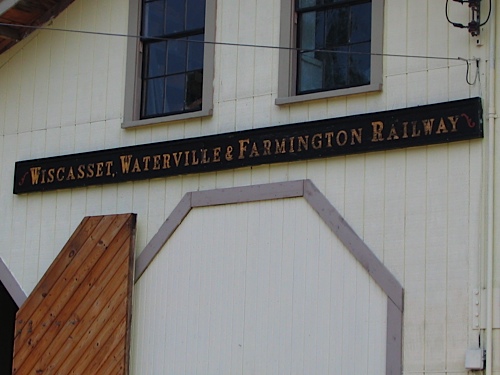
Alna, Me / Jul 2006 / RWH
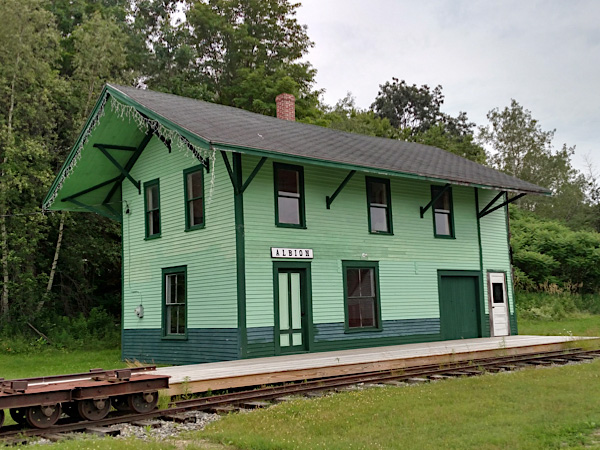
Albion depot / 2017 / Tom Ledford
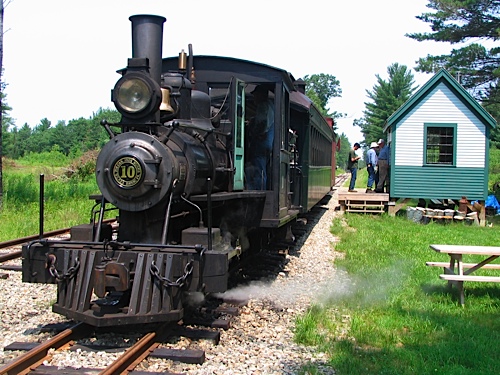
Alna Center, Me / Jul 2006 / RWH
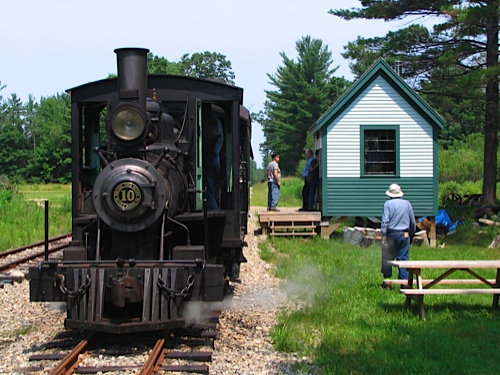
Alna Center, Me / Jul 2006 / RWH
 Lagniappe
Lagniappe
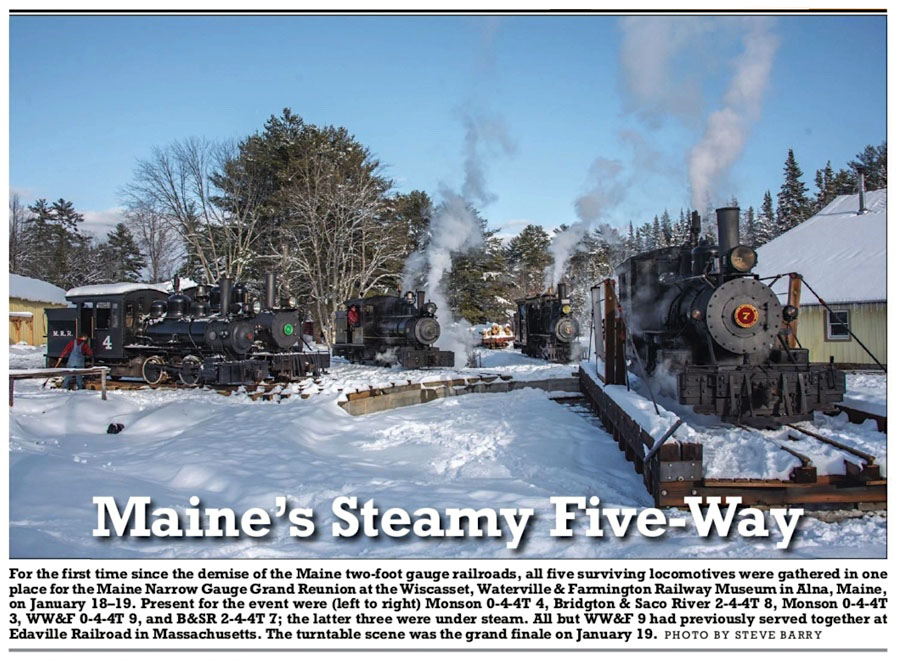
from Railfan & Railroad magazine - Mar 2020 / collection
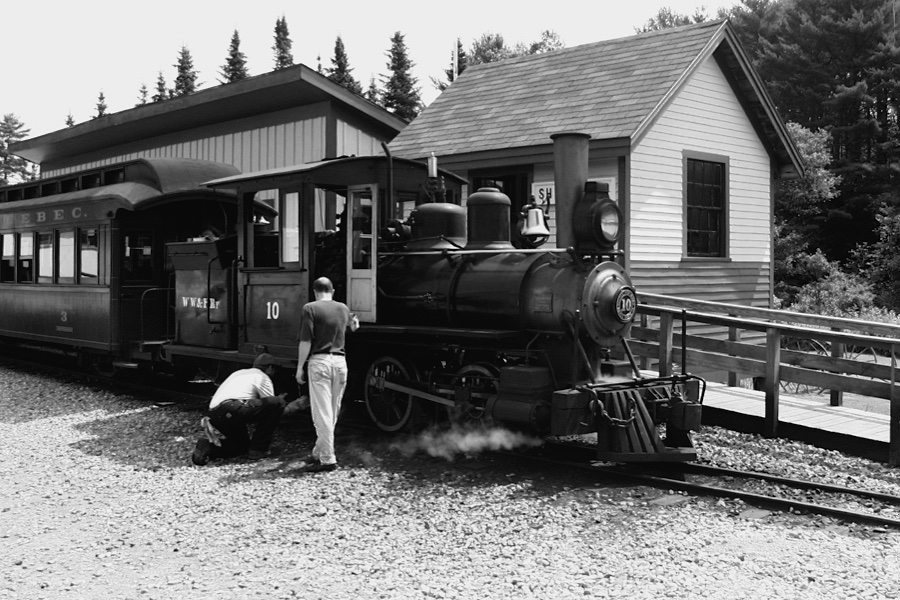
Inspection
Alna, Me / Jul 2006 / RWH
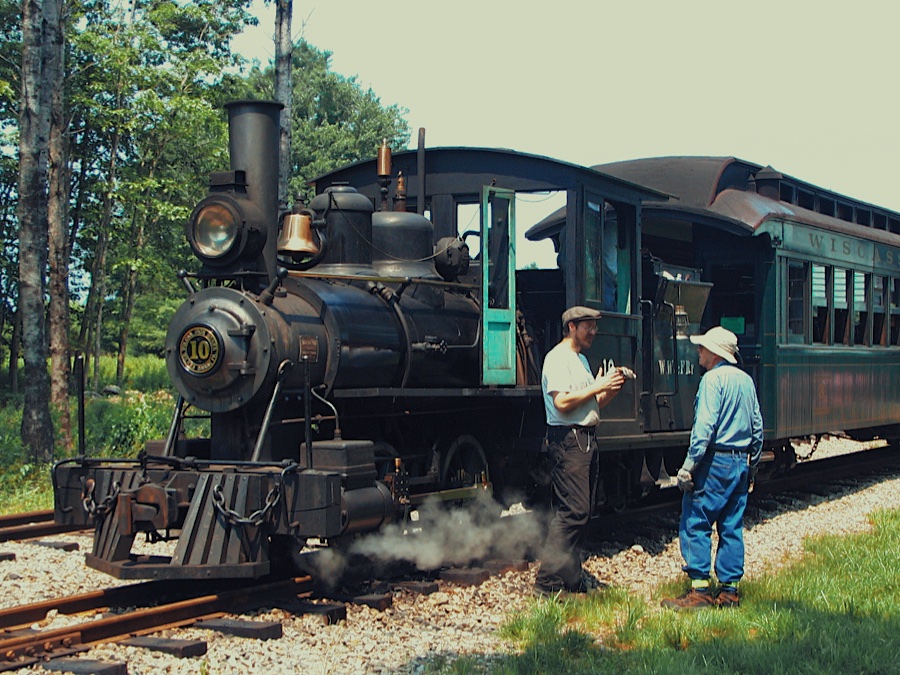
Staff Meeting
Alna Center, Me / Jul 2006 / RWH
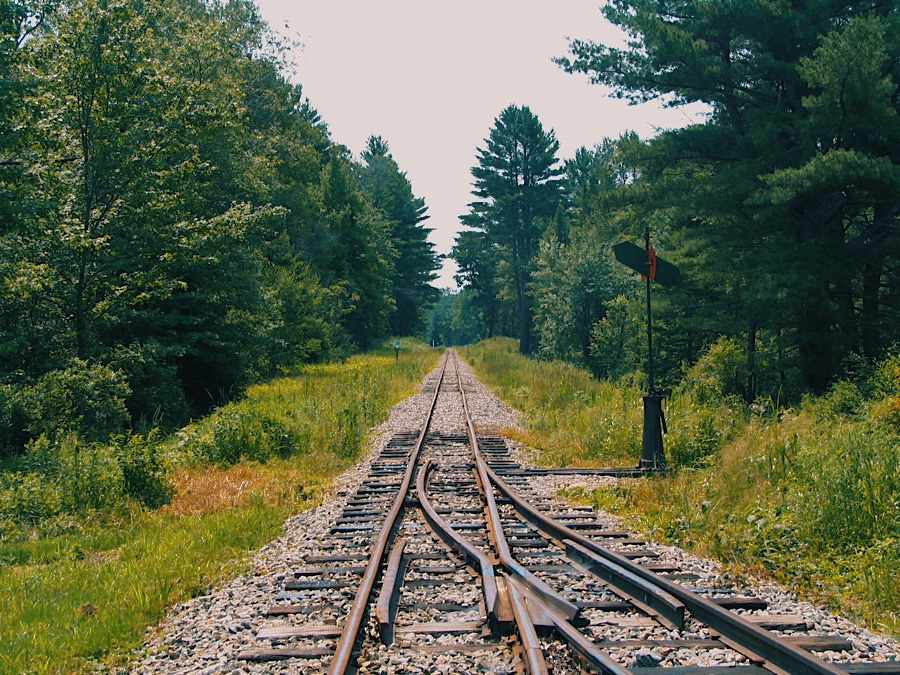
We Go Back in Time
Alna Center, Me / Jul 2006 / RWH
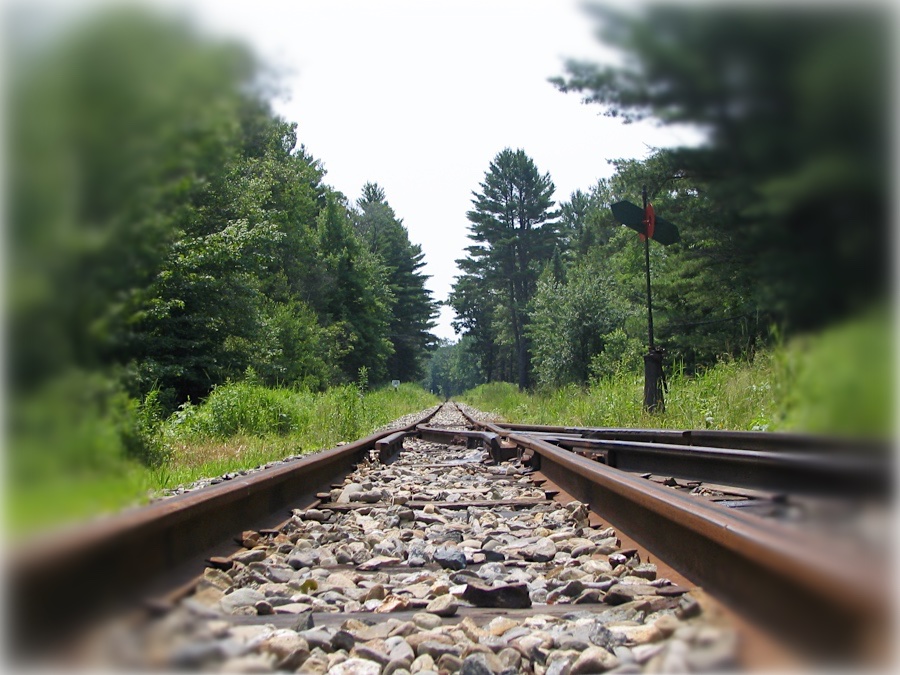
The Narrow Way
Alna Center, Me / Jul 2006 / RWH
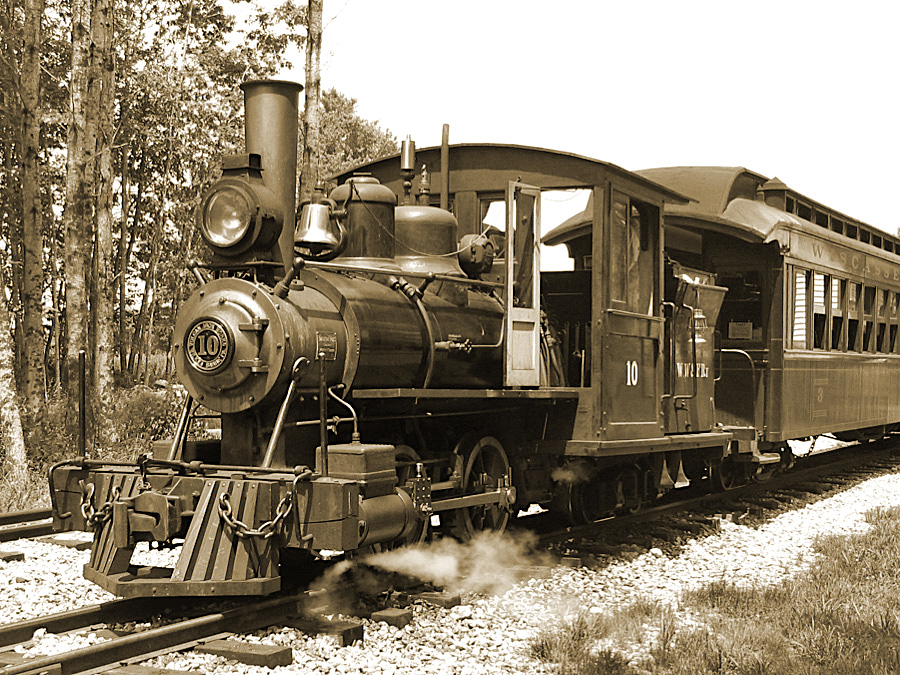
Southern Belle Up North
Alna Center, Me / Jul 2006 / RWH
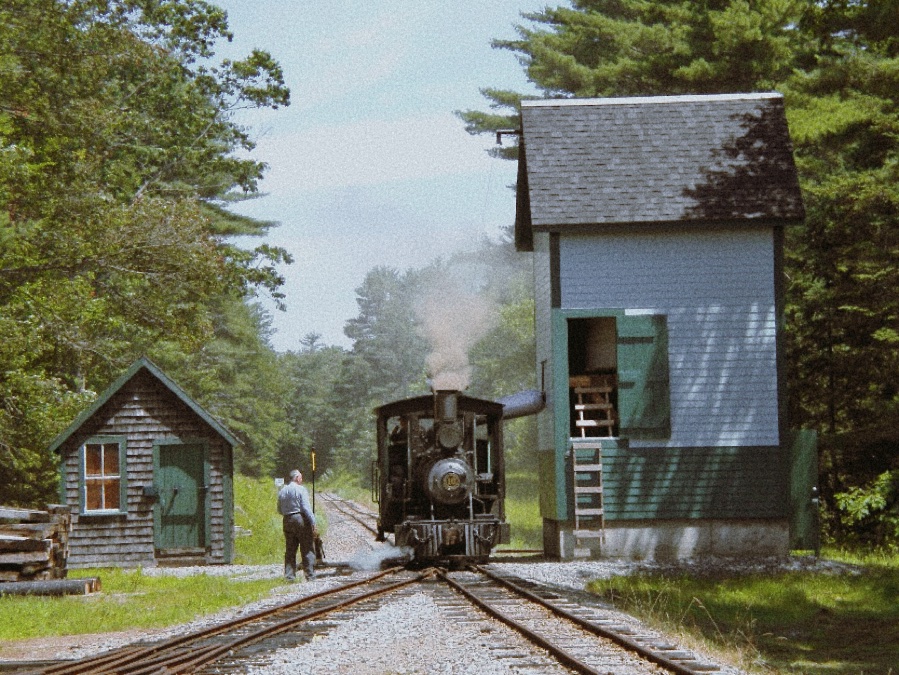
Water Break
Alna, Me / Jul 2009 / Tom Ledford
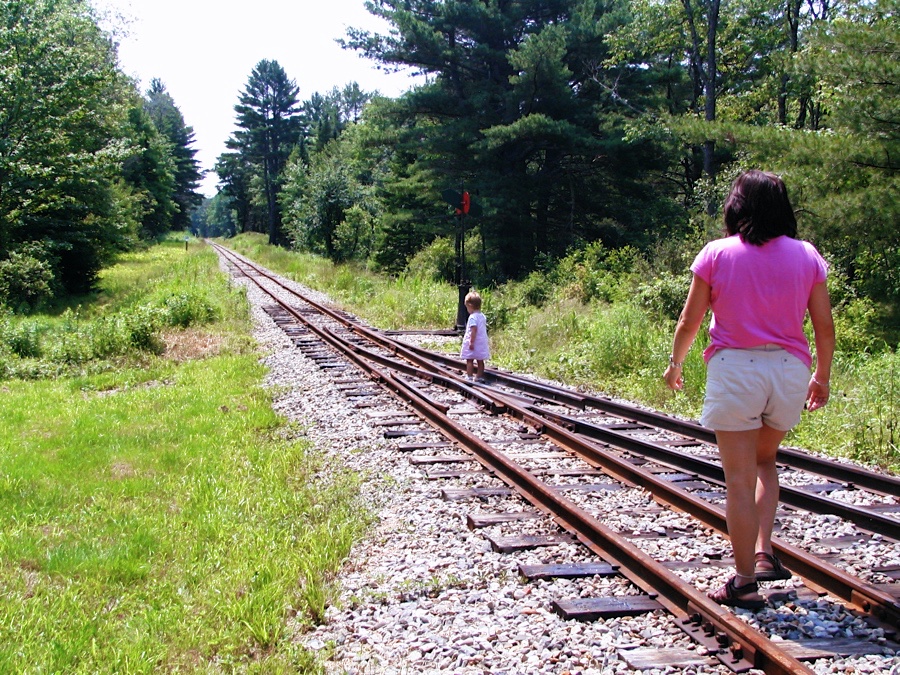
Track Inspectors
Alna Center, Me / Jul 2006 / RWH
Video
Alna Center, Me / Jul 2006 / RWH


